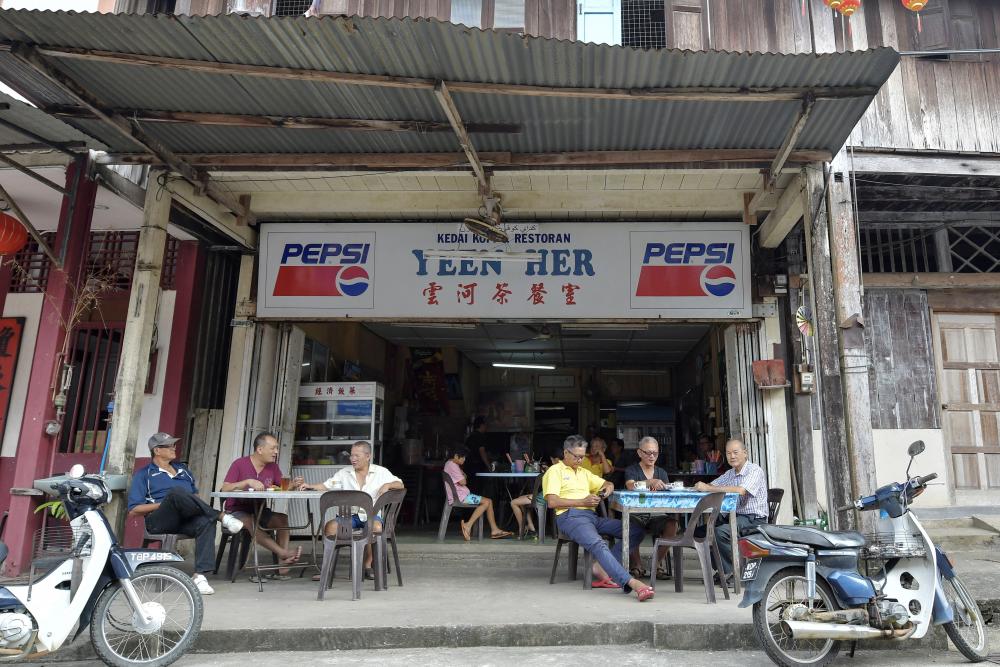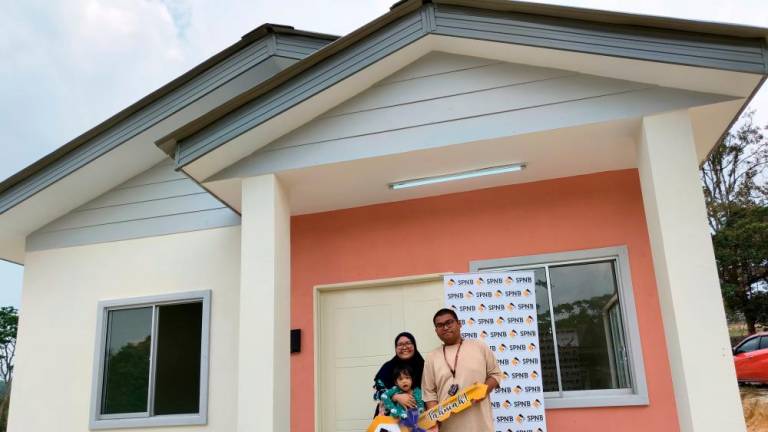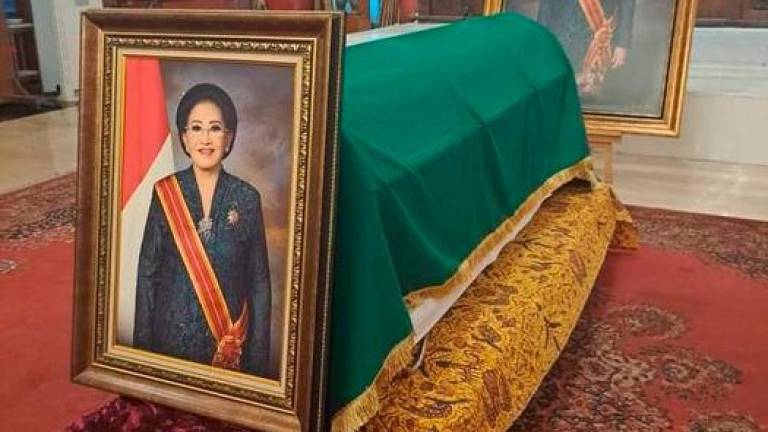KEMAMAN: They number only about 500 people today and despite living amongst a majority Malay populace, the Hainanese community here have managed to keep their culture and traditions to this day.
Touted as the largest Hainanese village in Malaysia, the settlement located in Kampung Baru Air Jernih, seven kilometres from Kemasik, Terengganu, was believed to have been established more than 110 years ago.
Visitors to the village are intrigued with the rows of wooden double-storey shophouses as one could have been mistaken for being in a small town in China.
The arrival of Bernama journalist and cameraman was warmly received by the residents who are fluent in Terengganu Malay dialect as well as their Hainanese dialect.
The villagers are mostly third and fourth generation offsprings of Hainan island in southern China where their ancestors sailed to settle in Terengganu.
The village’s oldest resident, Kong Hin Eng, 89, said his father came to Terengganu at the age of 16 to plant oil palm and rubber.
“Not long after that, he returned to Hainan to marry my mother and they settled in Air Jernih ever since. At that time, the thriving village has almost 6,000 people.
“Over time, villagers began moving out of the place to find work and later settled in places like Klang, Selangor, Tangkak, Johor and Port Dickson in Negri Sembilan,” he recalled.
The unique shophouses built since 1900 is now a popular location for photographers to capture scenes dating back in time.
Today, the residents were busy decking up the village with lanterns to welcome the return of their children for the Chinese New Year celebration in another 10 days.
Another senior citizen, Bo Chia Weng, 78, said he is very proud to be able to preserve the culture and traditions of his ancestors such as the food, religious rituals and Hainese dialect in the village.
“At the same time, I also love nasi dagang, ketupat pulut, rendang, tapai, keropok lekor and many other traditional Terengganu food as we have many Malay friends.
“We celebrate the Chinese New Year and Hari Raya Aidilfitri here by visiting each other and this has long been practised in the village.
Anothe resident, Wan Eei Ton, 42, said during Chinese New Year, there were also wayang kulit performances in the village based on Chinese opera stories.
While many residents have moved out for better prospect, Wan hoped the village would be preserved as a historical site for all to learn and appreciate in future as it is more than 110 years old. — Bernama










